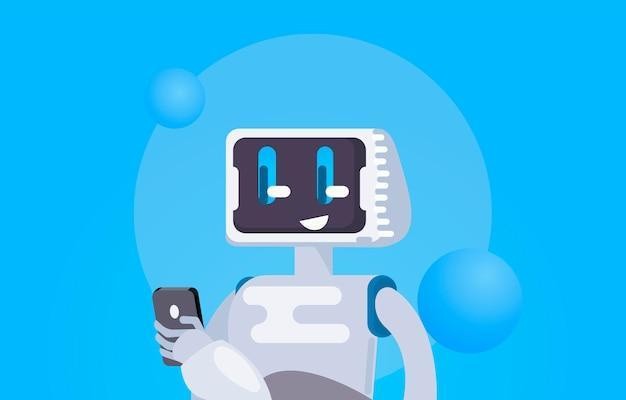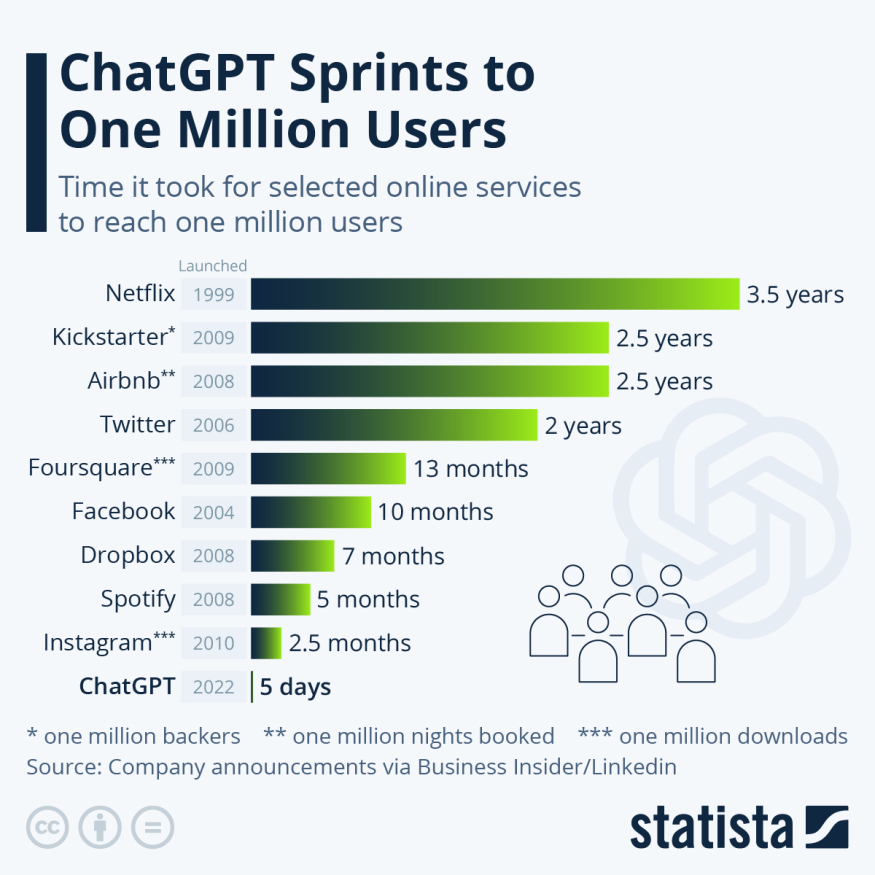
As technology advances, artificial intelligence (AI) chatbot developers have sought to build systems that can better understand and interact with people. One exciting example of such advances is ChatGPT-4, the next generation of chatbot AI developed by OpenAI.
This powerful new machine learning system delivers unprecedented levels of real-time natural conversations about all topics of interest to users in Canada and worldwide. For example, what is the meaning of life, the best universities in Canada, what is the best loan to take out by NorthnLoans or other services.
In this blog post, we'll discuss what sets ChatGPT-4 apart from previous generations of chatbots and how it's helping to revolutionize the concept of natural language processing.
By delving into its unique features, complexities, capabilities, and potential applications for Canadians alike - we'll explore why ChatGPT-4 may be one of the most robust tools available today!
What do you need to know about OpenAI?
OpenAI is an American artificial intelligence research laboratory that was founded in 2015 by Elon Musk, Sam Altman, Greg Brockman, and Ilya Sutskever. The company's mission is to ensure that artificial general intelligence (AGI) benefits all of humanity. OpenAI has developed a number of groundbreaking technologies, such as GPT-4, ChatGPT, and Whisper APIs.

According to Statista, just five days after its release, ChatGPT had gained an astounding one million users - a feat that other well-known online services, like Instagram, only achieved after significantly longer. These impressive results speak to the power of AI tools and what they can bring to any business.
OpenAI has been collaborating with many leading companies, such as Duolingo, Khan Academy, Stripe, the Government of Iceland, Be My Eyes, Morgan Stanley, and Microsoft. These collaborations have allowed OpenAI to develop products that can help people in various ways. For example, Microsoft is using OpenAI to make it easier for doctors to take notes.
Recently OpenAI CEO Sam Altman has warned about the potential risks associated with ChatGPT-like tools if safety limits are not implemented. He believes that these tools could potentially eliminate many current jobs, which has caused some concern among experts in the field of AI development.
Overall, OpenAI is making great strides in advancing AI technology while also taking steps to ensure that its applications benefit humanity as a whole.
Overview of the GPT-4 Natural Language Processing Model and its Use in ChatBots
Natural language processing (NLP) is a branch of artificial intelligence that focuses on enabling computers to analyze and better understand human language. GPT-4 is one of the most powerful natural language processing models to date, primarily due to its ability to generate multi-sentence texts based on statistical patterns from input data.
This makes it a useful tool for chatbot applications, allowing fast and accurate responses that pass a human believability test. Chatbots built with GPT-4 can provide users with a more efficient online customer service experience or help automate mundane communication tasks.
Conversational AI technologies, such as those powered by GPT-4, are revolutionizing how businesses interact with their customers and prospects.
Differences between ChatGPT 4 and ChatGPT 3
ChatGPT 4 and ChatGPT 3 are two versions of the same AI-powered chatbot technology developed by OpenAI. While both versions have similar capabilities, some key differences between them make GPT-4 a more powerful tool for businesses and developers alike.
The most significant difference between GPT-4 and GPT-3 is that GPT-4 is a data-to-text model, while GPT-3 is a text-to-text model. This means that GPT-4 can take in data from multiple sources, such as images or audio, and generate text from it. This makes it much more versatile than its predecessor, which was limited to text input only.
Another major difference between the two versions is the performance of their algorithms. The fourth edition of the chatbot has been designed to be faster and more accurate than its predecessor, with early users reporting impressive results when using it to generate content or answer questions. Additionally, GPT-4 also has the ability to analyze image-related queries, making it even more powerful than before.
Finally, GPT-4 has been designed with multi-modal input and output capabilities in mind. It can take in data from multiple sources at once and generate output in multiple formats, such as text or audio files. This makes it much easier for developers to create complex applications that simultaneously require inputs from different sources.
GPT-4 is a significant upgrade over its predecessor due to its improved accuracy and speed and its multi-modal capabilities, making it much more versatile than before. It is an exciting development for businesses looking to use AI-powered chatbots in their operations as well as developers who want to create complex applications using AI technology.
What else do you need to know about ChatGPT 4?
ChatGPT 4 can analyze more than just text, allowing it to interact with images and longer text. It also can code more easily and pass tests with flying colors.
In addition, ChatGPT 4 has recently launched its subscription service, ChatGPT Plus, which is now available in India. This subscription includes access to GPT-4, OpenAI's most advanced system, as well as other features, such as the ability to generate natural language from text or images.
Recently, a Twitter user asked ChatGPT 4 to explain climate change in Shakespearean style, and the results shocked netizens. This shows how powerful this AI technology can be when it comes to understanding complex topics and engagingly expressing them.
Conclusion
The new version of GPT-4 is leaps and bounds better than its predecessors, having been trained using various professional tests. However, the creators warn us not to expect perfection from AI just yet - it's still learning!
An algorithm may take a while to get used to your writing style or delve into complex topics like essays. Nonetheless, we can confidently rely on this technology as our trusty assistant with time!
Furthermore, it is essential to remember that AI's data only extends until September 2021. In other words, the past two years have been nonexistent for Artificial Intelligence. It means that it does not know when the iPhone 14 was released or about any current events; thus unable to provide accurate answers and navigate certain terrains.
© 2025 ScienceTimes.com All rights reserved. Do not reproduce without permission. The window to the world of Science Times.











